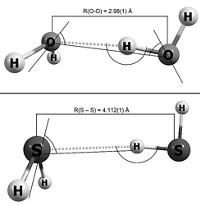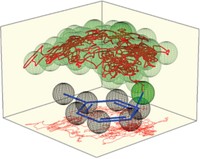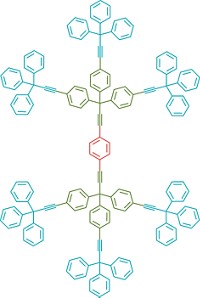Advertisement
Grab your lab coat. Let's get started
Welcome!
Welcome!
Create an account below to get 6 C&EN articles per month, receive newsletters and more - all free.
It seems this is your first time logging in online. Please enter the following information to continue.
As an ACS member you automatically get access to this site. All we need is few more details to create your reading experience.
Not you? Sign in with a different account.
Not you? Sign in with a different account.
ERROR 1
ERROR 1
ERROR 2
ERROR 2
ERROR 2
ERROR 2
ERROR 2
Password and Confirm password must match.
If you have an ACS member number, please enter it here so we can link this account to your membership. (optional)
ERROR 2
ACS values your privacy. By submitting your information, you are gaining access to C&EN and subscribing to our weekly newsletter. We use the information you provide to make your reading experience better, and we will never sell your data to third party members.
Synthesis
Chemists Ponder Benzene Jailbirds
Computational study investigates how benzene molecules in dimers can escape or re-form into other molecules
by Stephen K. Ritter
May 14, 2012
| A version of this story appeared in
Volume 90, Issue 20
Chemists modeling how benzene might polymerize under high pressure have uncovered several as-yet-unsynthesized benzene dimers (J. Am. Chem. Soc., DOI: 10.1021/ja302597r). The Cornell University team of Andrey Yu. Rogachev, Xiao-Dong Wen, and Roald Hoffmann placed two benzene molecules in “uncomfortably close contact and then let loose the geometry optimization of a quantum chemical program.” Their computations led to a set of 12 benzene dimers, most known experimentally but four previously unknown (one shown). All of the dimers are higher in energy—that is, less stable—than two noninteracting benzene rings. The team then determined the possible dimer fragmentation “escape routes” back to two benzene rings or to reactions leading to many other molecules. These pathways include sigmatropic hydrogen shifts that relocate double bonds, retrocyclizations to form 12-membered rings, the ring opening of one benzene ring, and Diels-Alder dimerization of two dimers.





Join the conversation
Contact the reporter
Submit a Letter to the Editor for publication
Engage with us on Twitter